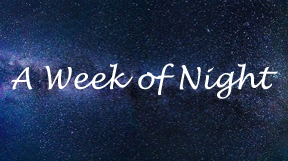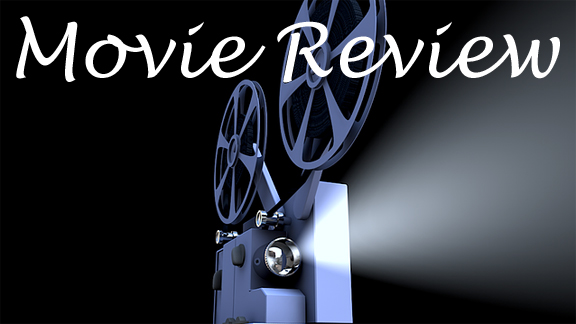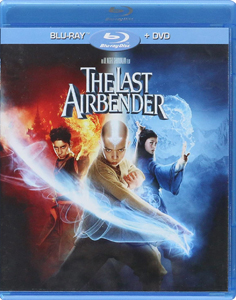“The Sixth Sense” (1999) and the films in its immediate wake are crisply written to the point where even if you don’t buy into every moment, you appreciate the overall effort. M. Night Shyamalan clearly believes in those films, and it’s infectious. Even coming off 2008’s “The Happening” – which starts with promise before fading – “The Last Airbender” (2010) is a remarkable underachievement for the writer-director.
A notable underachievement
From the film’s beginning, Shyamalan doesn’t seem interested in the story or characters, even though he’s a fan of the animated TV source material “Avatar: The Last Airbender” (2005-08). (“Avatar” was dropped from this film’s title because James Cameron’s 2009 film by that name had become the all-time box office champ.)
Only two characters – titular preteen Aang (Noah Ringer) and Firebender Lord Ozai’s son Prince Zuko (Dev Patel) – have arcs to speak of, and neither is compelling or logical.

From July 19-23, leading up to the theatrical release of “Old,” Reviews from My Couch is looking back at five films from writer-director M. Night Shyamalan that we haven’t previously reviewed.

“The Last Airbender” (2010)
Director: M. Night Shyamalan
Writer: M. Night Shyamalan
Stars: Noah Ringer, Nicola Peltz, Jackson Rathbone
Aang has run away from his destiny to be the Avatar (the one person who can bend all four elements) after he’s told he can’t have a life outside of that. And Zuko is trying to prove his worth to his inexplicably uncaring father (Cliff Curtis of “Fear the Walking Dead”).
Everyone else serves as pawns in a pre-ordained plot. Familiar actors gave me people to focus on instead of the boring quest/pursuit story. Most notable are Aasif Mandvi, who is so good on “Evil,” as the Fire Lord’s enforcer; and Nicola Peltz (Bradley the hot girl on “Bates Motel”) as Waterbender Katara, who narrates and befriends Aang.
Suffice it to say that whenever someone mentions a war among “the Benders,” I wished I was instead watching clone armies of this guy.
It looks great, but for what?
“Airbender” suffers from a huge quality gap between story and production design. The Waterbenders’ city in the North is a spectacular white-and-blue setting of ice blocks, pools and even a meadow in a rocky cavern. If a halfway decent yarn was playing out, I might’ve loved this film because it looks so good.

The writing and acting – especially from the young leads — are so consistently stiff that prequel-era George Lucas would cringe. To find an example of bad dialog, a person could copy and paste any part of this screenplay.
Curtis in particular suffers right up till the end. He’s constantly given exposition, but what’s worse, we never really understand why Ozai hates his son.
The film ends with a teaser to the never-made part two – which would’ve adapted Season 2 of “Avatar: The Last Airbender” – where Ozai maps out what will happen. Zuko’s sister (the child he prefers) will go after Aang. No viewer could possibly care by this point.
Uneven direction
The direction is hit and miss. Shyamalan clearly is more interested in special effects action sequences than anything else, and viewed in a vacuum, they are generally good. Sometimes they are oddly shot from long distances, perhaps to hide stunt doubles.
“Airbender” never suffers from the previous decade’s problem wherein battle scenes are impossible to follow; everything is clearly staged. Sure, images of Aang using martial arts motions to manipulate air as a defensive shield or offensive weapon — and other characters’ manipulations of fire, earth and water – are predictable and repetitive. Still, they are a reprieve from the childish pseudo-epic storytelling.
But directorial laziness even creeps into the action. In one particularly goofy moment, Aang is “stealthily” sneaking behind Zuko. But Zuko could see the kid simply by turning around a little faster.
It’s not as if Shyamalan forgot how to make good films at this creative low point in his career. His visual sensibility and sense of scope are still apparent on “The Last Airbender.” But like “Lady in the Water” and “The Happening” before it, he doesn’t engage in the meticulous, detailed crafting that allows an audience to immerse themselves in his worlds.
I don’t think Shyamalan’s filmmaking passion had disappeared by 2010. It’s more like his desire to do the hard screenplay work had abandoned him.

